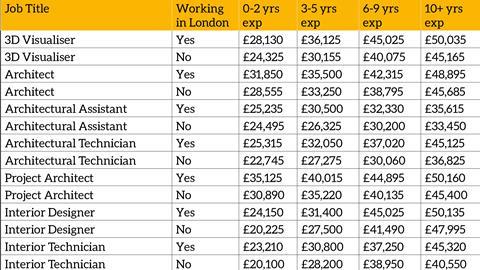

Throughout all phases of planning and design, landscape architects consult with other professionals, such as civil engineers, hydrologists, or building architects, involved in the project. For larger scale site planning, landscape architects also use geographic information systems (GIS) technology, a computer mapping system. Many landscape architects also use video simulation to help clients envision the proposed ideas and plans. In preparing designs, computer-aided design (CAD) has become an essential tool for most landscape architects. They also take into account any local, State, or Federal regulations, such as those protecting wetlands or historic resources. To address the needs of the client, as well as the conditions at the site, they frequently make changes before a final design is approved. At all stages, they evaluate the project’s impact on the local ecosystem.Īfter studying and analyzing the site, landscape architects prepare a preliminary design. They also assess existing buildings, roads, walkways, and utilities to determine what improvements are necessary.

They then analyze the natural elements of the site, such as the climate, soil, slope of the land, drainage, and vegetation. In planning a site, landscape architects first consider the purpose of the project and the funds available. Once these decisions are made, landscape architects create detailed plans indicating new topography, vegetation, walkways, and other landscaping details, such as fountains and decorative features. They also collaborate with environmental scientists, foresters, and other professionals to find the best way to conserve or restore natural resources. Working with building architects, surveyors, and engineers, landscape architects help determine the best arrangement of roads and buildings. They also design and plan the restoration of natural places disturbed by humans, such as wetlands, stream corridors, mined areas, and forested land. They plan the location of buildings, roads, and walkways, and the arrangement of flowers, shrubs, and trees. Landscape architects design these areas so they are not only functional but also beautiful and harmonious with the natural environment. People enjoy attractively designed gardens, public parks and playgrounds, residential areas, college campuses, shopping centers, golf courses, and parkways.


 0 kommentar(er)
0 kommentar(er)
